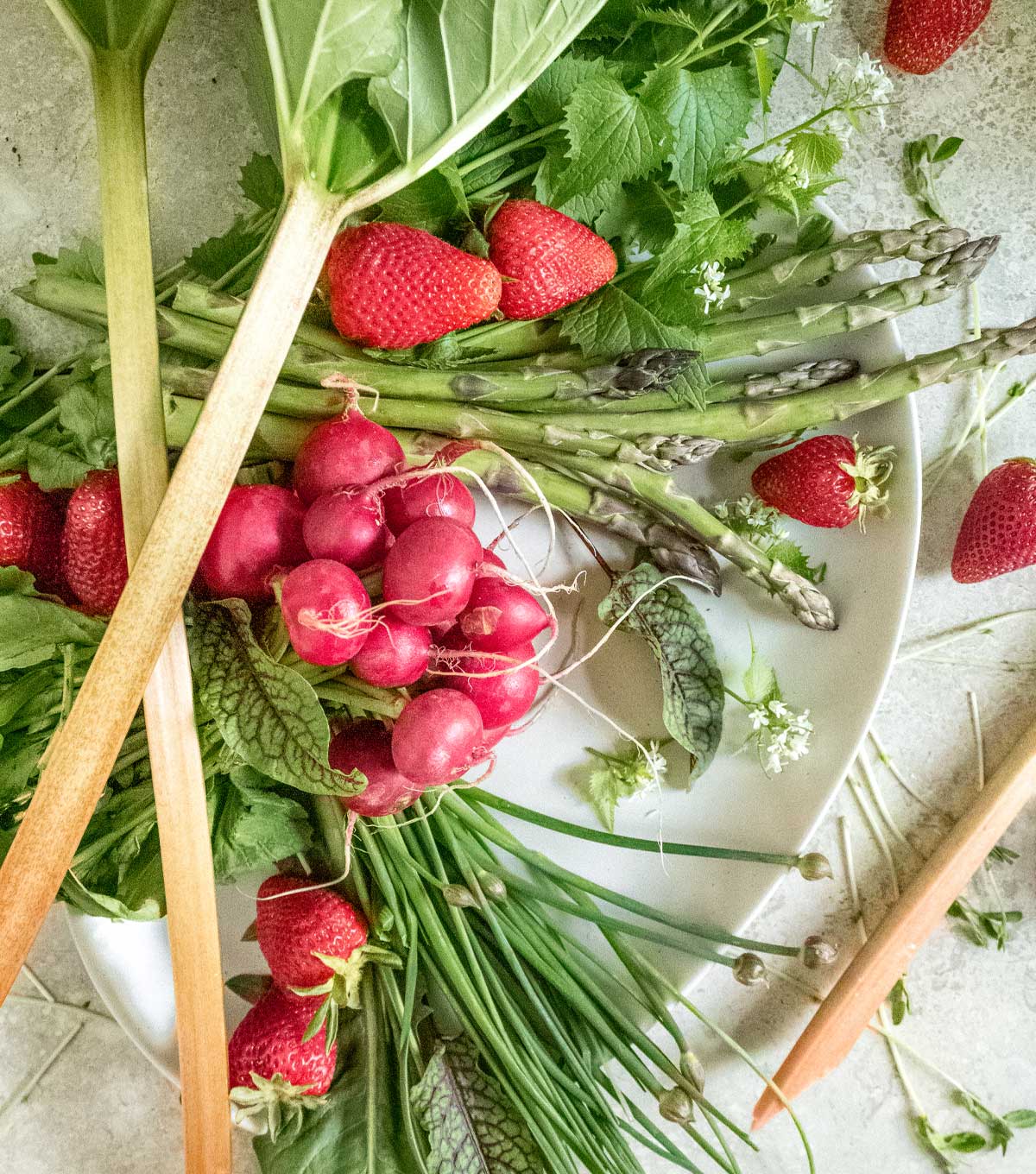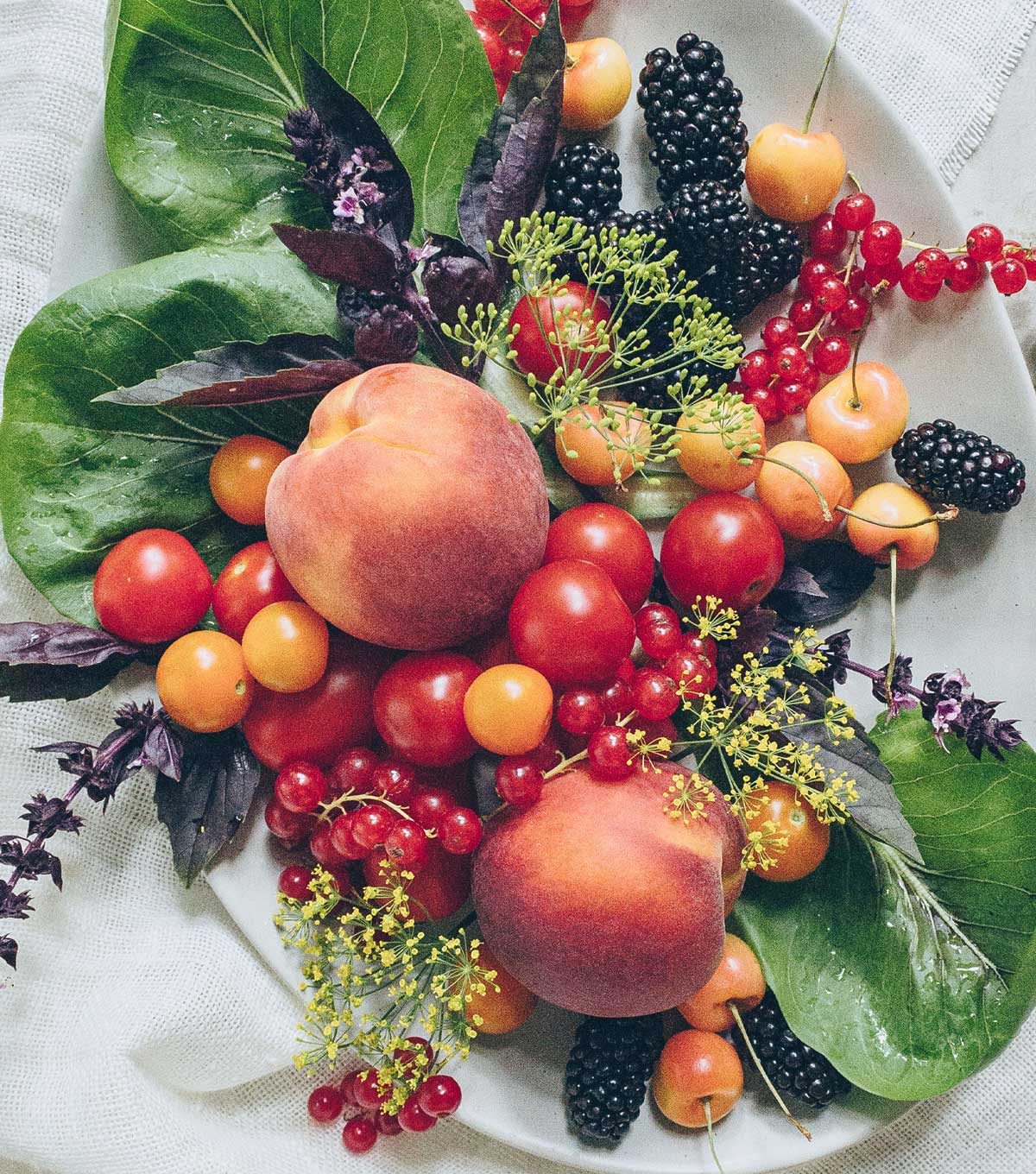Eating With The Seasons: November

One thing is for sure, this fall is unlike any other. November, in Vermont at least, is the time when we finally fully retreat inside. The gardens are all put to bed, the bulbs are in the ground, and snow blowers have been primed. This year has been a little different, it has been 70° for the past week. If I’m being honest I haven’t planted my garlic yet (today is the day) and my lemon tree has been having one last hurrah sunning itself outside. It has been a pleasant surprise.
But looking at the weather, that is all about to change. It is about to get very November here. I’m ready to embrace the flavors of late fall. Thanksgiving is just a few weeks away. I have been busy prepping recipes for low carb side dishes and desserts. And while Thanksgiving may look a little different than normal, it may just make us even more thankful for the ones we love.
Seasonal Eating
As the world around us shifts with the seasons, so do the foods that are harvested. It should only make sense then, that our eating follows this same pattern. Seasonal eating is when you eat foods at the time of year that they are harvested. This is something that we tend to do naturally, eating pumpkin in fall for instance, or asparagus in spring. But did you know that seasonal eating throughout the year can improve your health and the environment?
The Benefits Of Seasonal Eating
In Season Produce Tastes Better
Eating foods that are harvested when they are ripe in their local growing season simply taste better. Out of season produce on the other hand is picked early, stored in cold storage for months, and sometimes travels long distances to reach you. In season fruits and vegetables are allowed to ripen fully before being harvested, which improves not only their flavor, but their nutrition too.
Eating Seasonally Improves Nutrition
Allowing produce to ripen fully before harvesting maximizes its nutrient availability (the amount that your body is able to process.) It is at it’s maximum right after harvest, so eating fruits and vegetables right after they are picked is better for you. As the time from harvest increases, the nutrient availability decreases, sometimes by as much as 30-50%.
Seasonal Eating Supports Gut Health
Eating seasonally means that you are eating foods as they become available from season to season, or month to month. This means that instead of eating the same foods all year round, you are eating a varied mix, diversifying your diet. Studies have shown that human microbiomes change in accordance with the seasons, and that eating seasonally can help promote proper gut bacteria and improve health. For more on the importance of gut health click here.
Seasonal Eating Is Better For The Environment
Eating out of season and non-local produce not only decreases the nutritional value of the foods, it also increases the carbon footprint of them. Out of season produce can be kept in cold storage for months, using energy to preserve it. Non-local produce often must be flown or shipped long distances to reach you. increases their carbon footprint.

Seasonal Eating Guide For November
Seasonal Low-Carb, Keto Fruits And Vegetables For November
- Pumpkin
- Fennel
- Kale
- Leeks
- Celery
- Delicata & Spaghetti Squash
- Cabbage
- Rutabaga
- Brussel Sprouts
- Broccoli
- Cauliflower
- Mushrooms
- Shallots & Onions
- Cranberries
- Sage




Leave a Reply